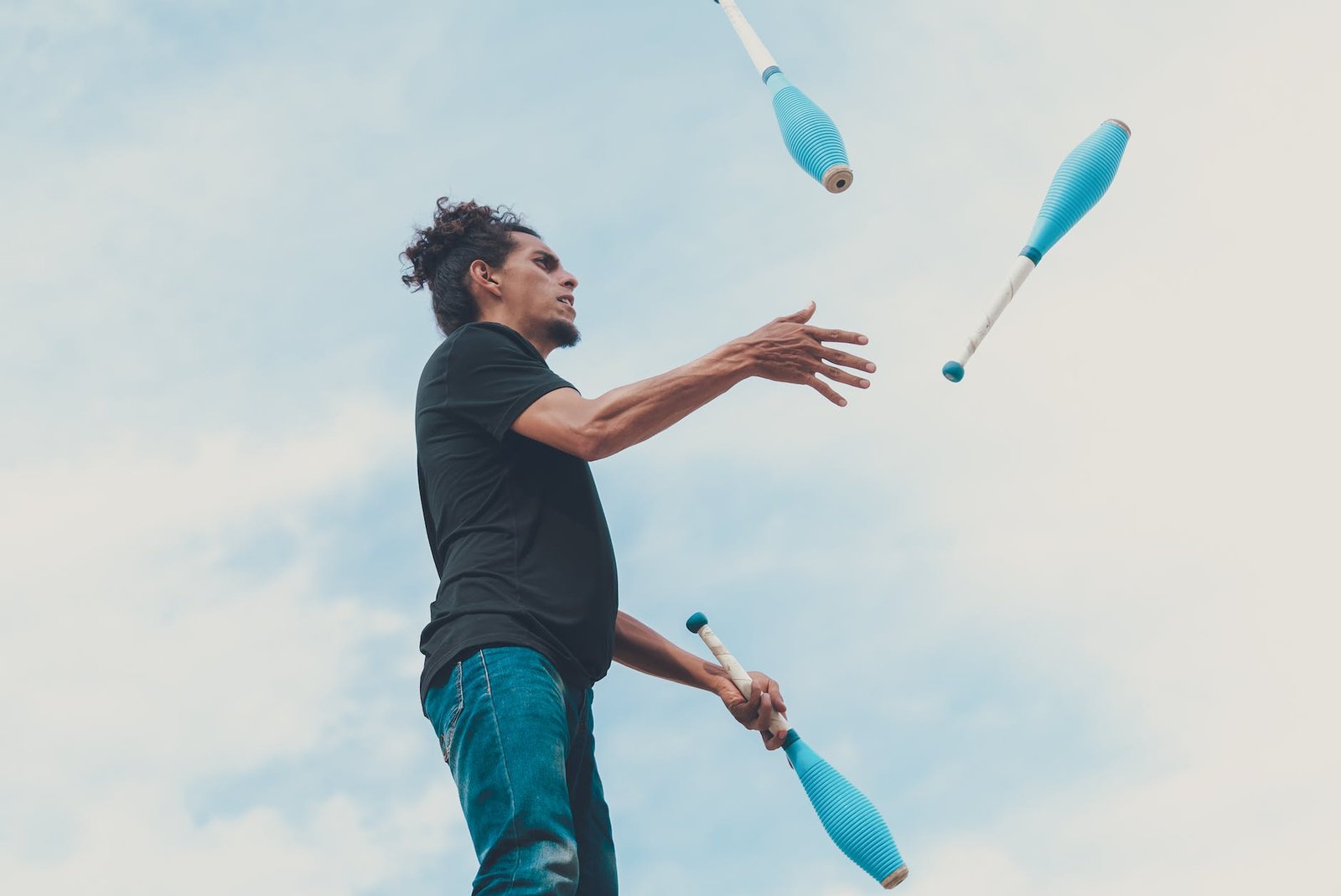Commonly, people say that a certain person is coordinated or uncoordinated. But what is coordination? How does motor coordination work? And how to measure coordination? What patterns do we observe when labeling someone as coordinated or uncoordinated? In this article, we will specifically define coordination and explain how it develops according to the “father of coordination,” Russian professor Nikolai A. Bernstein.
Nikolai A. Bernstein
What is coordination?
Coordination can be defined as the ability to control various movement possibilities (degrees of freedom), where the motor system transforms these degrees of freedom into a controllable unit/synergy. This strategy is adopted because the possibility of movements is gigantic, and somehow this biological system has to be able to handle those infinite degrees of freedom to perform motor tasks.
Thus, putting it in very simplistic terms, degrees of freedom can be understood as the movements that each joint has the ability to make. For example, the knee does flexion and extension, and the ankle does flexion, extension, eversion, inversion, internal/external rotation, and so on. That is, the motor system has to constrain certain movement possibilities to achieve the desired task.
Motor Coordination Development
When a person is learning a new movement, the body “freezes” these various degrees of freedom, making the movement rigid and “mechanized.” As the practitioner improves, the body can release some important degrees of freedom for the movement, while still limiting the movement in joints that are not crucial to the task, thereby promoting a more extensive, fluid, and dynamic movement.
Freeing Degrees of Freedom

The image on the side shows how motor coordination works in the natural development of the overhand throwing motor pattern. For example, in the top image, you can see that practically only the arm is involved in the movement, meaning that the body restricts most of the other joints.
When we look at the middle figure, the range of motion is a bit larger, and the body begins to use the lower limbs for more efficient mechanics (even though the pattern is not optimal yet).
In the bottom figure, you can see that the body is already using other joints, such as the trunk and knees. In general, the range of motion is greater, making the movement more efficient.
This pattern (freezing joints and then releasing them) is found in various studies comparing beginners to advanced or professional athletes.
Okay, so what? Why is this relevant?
All theoretical knowledge without practical application doesn’t make much sense, right? The importance of understanding how motor coordination works is related to accelerating the learning and development process. So, how do you go from a frozen movement to a fluid and efficient one? The answer is to EXPLORE. Yes, explore, but explore what? Explore movements! In other words, when teaching motor skills, you should ask your athlete to explore the movement and try to achieve the task’s goal in various ways.
When the body explores movement options, movements will naturally adapt to the most efficient strategies. However, the body needs to experiment with various mechanisms/movements (even the wrong ones) for this optimal organization to happen. This is what kids do when learning how to walk 🙂
Now, if you notice that the athlete is not developing an efficient coordination strategy, then you should modify the task/movements by adapting the task, the individual, and/or the environment (AKA Constraint-Led Approach).
However, that’s a topic for another article!
Extra
Below is a video of Bernstein conducting his experiments. He was a pioneer in the study of movement, developing new methods for high-speed image capture.


Leave a Reply